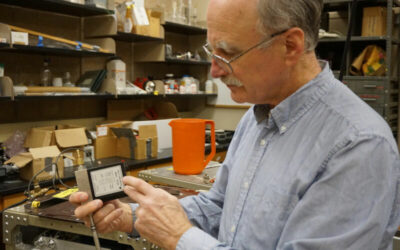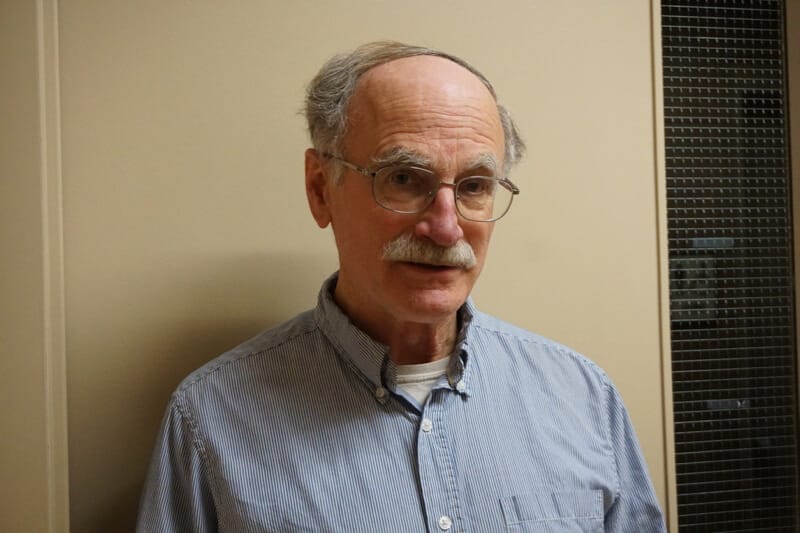Research Professor Jim Hudson, Ph.D., DRI’s longest-serving employee, recently retired from DRI after 51 years studying cloud physics.
Meet Jim Hudson, Ph.D.
Jim Hudson, Ph.D., is a research professor of physics with the Division of Atmospheric Sciences at the Desert Research Institute in Reno. Jim specializes in cloud physics, and has worked throughout his career to gather and analyze field measurements of cloud...

